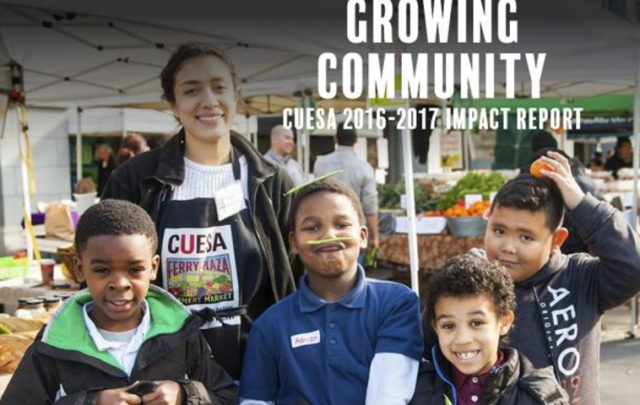Growing Community: CUESA 2016-2017 Impact Report
With support from visionaries like you, CUESA is cultivating a sustainable food system that strengthens local farms and builds healthy communities. Join us in looking back on our exciting year, spring 2016-spring 2017. Together, we expanded our farmers markets and educational programs, and widened our community.
July 25, 2017
Swanton Berry Farm: Bringing Justice to the Table
Swanton Berry Farm has been a leader in the sustainable food movement for more than 30 years, pushing boundaries for environmental stewardship as well as social justice.
March 6, 2014
Drought forces tough decisions
Ranchers, who require green pasture to feed their livestock, have been among the hardest hit by the lack of rain this winter.
February 10, 2014
What Does “Artisanal” Mean, Anyway?
Regardless of mainstream attempts to co-opt the label, a truly artisanal food movement—based in craft, community, tradition, and innovation—is alive and kicking. For these businesses, growth is not something to take lightly; it’s a delicate dance between staying true to one’s values while adapting to new economies of scale.
January 23, 2014
Big Chill for Citrus Growers
Though seemingly mild compared to the sub-zero temperatures experienced in other parts of the country, a recent hard freeze has taken its toll on the California citrus industry, which supplies 85% of the country’s fresh citrus.
January 13, 2014
New Law Breaks Ground for Urban Ag
A new California law just signed by Governor Jerry Brown might take some of the risk out of the equation for urban farmers by making longer-term leases an appealing proposition for landowners.
October 18, 2013



